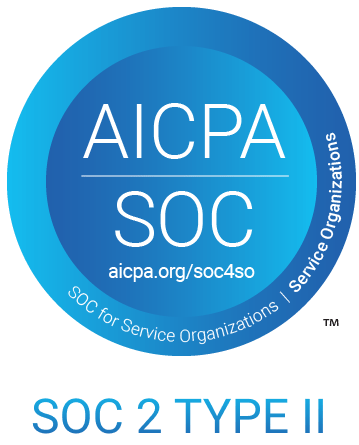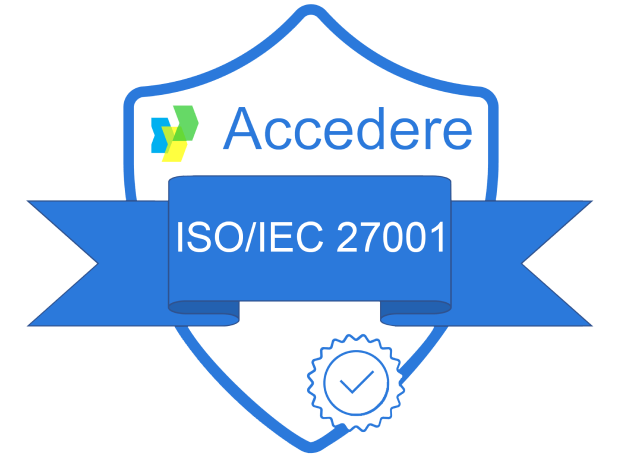In today’s data-driven world, organizations from all industries are collecting vast amounts of data from various sources, including IoT, applications, and social media. This data explosion has created new opportunities for businesses to gain insights into their operations, customers, and markets. However, these opportunities can only be realized if organizations have a data-literate workforce that can understand and use data effectively.
Indeed, data literacy refers to the ability to read, understand, analyze, and interpret data. It is a crucial skill for individuals and organizations to stay competitive and make data-driven decisions. In fact, according to a recent study by Accenture, organizations that prioritize data literacy are more likely to be successful in their digital transformation initiatives.
To enable data literacy, organizations need to provide their employees with easy access to high-quality data that is well-organized, well-documented, and easy to use. This is where a data catalog comes in.
In this article, discover the 5 ways a data catalog enables successful data literacy in organizations.
A quick definition of data catalog
At Zeenea, we define a data catalog as being an organized inventory of an organization’s data ecosystem that provides a searchable interface to find, understand, and trust their data.
Indeed, created to unify all enterprise data, a data catalog enables data managers and users to improve productivity and efficiency when working with their data. In 2017, Gartner declared data catalogs as “the new black in data management and analytics”. And in “Augmented Data Catalogs: Now an Enterprise Must-Have for Data and Analytics Leaders” they state: “The demand for data catalogs is soaring as organizations continue to struggle with finding, inventorying and analyzing vastly distributed and diverse data assets.”
A data catalog is therefore a crucial component in an organization’s data literacy journey. Let’s see how.
#1 A Data Catalog centralizes all data into a single source of truth
A data catalog automatically collects and updates all enterprise data from across your various sources into a single repository to help create a comprehensive view of an organization’s data landscape. By indexing your organization’s metadata, data catalogs increase data visibility and enable data and business users to easily find their information across multiple systems.
This boosts data literacy for organizations as data catalogs help break down silos between different departments and teams by providing a single, searchable repository of all available data assets. Indeed, with a data catalog, no technical expertise is required to access and understand a company’s data ecosystem: organizations can easily collaborate and share their information assets in a single platform.
#2 A Data Catalog increases data knowledge via documentation capabilities
Data catalogs enable the increase of enterprise-wide data knowledge via the automation of documentation capabilities. By providing data producers with documentation features, users get descriptive information about their data assets, such as their purpose, usage, and relevance to business processes. With comprehensive documentation capabilities in a data catalog, data users can easily understand and use data assets, ultimately promoting data literacy across the organization.
By ensuring that documentation is accurate, consistent, and up-to-date, organizations with data catalogs can reduce the risk of data errors and inconsistencies. This leads to more reliable data, which is essential for informed decision-making and better business outcomes.
#3 A Data Catalog provides powerful data discoverability
Data discovery is the process of exploring and analyzing data in order to gain insights and uncover hidden patterns or relationships. This must-have data catalog feature promotes data literacy by providing users with a better understanding of the data they are working with and encouraging them to ask questions and explore the data in more depth.
With data discoverability features, a data catalog helps users identify patterns and trends in the data. By visualizing data in different ways, users can identify correlations, outliers, and other patterns that may not be immediately apparent in raw data. This can help users to gain new insights and develop a deeper understanding of the data they are working with.
#4 A Data Catalog provides a common data vocabulary via a Business Glossary
A business glossary is a key component of a data catalog that provides a common language and understanding of business terms and definitions across the organization. A business glossary defines the meaning of key business terms and concepts, which enables data users to understand the context and relevance of the data they are working with.
This, in turn, promotes data literacy across the organization. Data catalogs, therefore, help data teams avoid data misunderstandings and maximize trust in enterprise data.
#5 A Data Catalog provides powerful lineage features
Data lineage provides a clear understanding of the origin and transformation of data, which is essential for understanding how data is used and how it relates to other data assets. This information is essential for data management initiatives, as it helps to ensure data accuracy, reliability, and compliance.
By tracing data from its source to its destination, data lineage boosts data literacy by providing users with information about the purpose of the data, the business processes that use the data, and the dependencies that exist between different data assets. This information can help users to understand the relevance and importance of the data they are working with, and how it fits into the broader context of the organization. Data lineage can also help identify any anomalies, inconsistencies, or data quality issues that may affect the accuracy or reliability of the data.
Conclusion
In conclusion, data catalogs are a powerful tool for promoting data literacy within organizations. By centralizing data and metadata, providing access to data lineage information, and offering data discovery capabilities, data catalogs can make it easier for users to find and understand the data they work with, and are key for a data literate organization!













